Joint pain significantly complicates life and interferes with a full life. Pain processes do not go away on their own. Therefore, treatment is accompanied, first of all, by anti-inflammatory drugs. Their list is quite wide. In structure, they differ from others in the absence of steroid hormones, which allows a large group of patients to take the medicine.
Material Content:
- 1 How do non-steroidal anti-inflammatory drugs work?
- 2 Drug classification
- 3 Indications for the use of NSAIDs for the treatment of joints
- 4 List of non-steroidal anti-inflammatory drugs
- 5 New generation NSAIDs for joint treatment
- 6 General rules of use
- 7 Side effects of non-steroidal anti-inflammatory drugs
- 8 Contraindications NSAIDs
How do non-steroidal anti-inflammatory drugs work?
Nonsteroidal anti-inflammatory drugs are used to treat joints of large and small, as well as ligaments. The diseases accompany edema, pain and hyperthermia. At the same time, prostaglandins are formed in the body - substances that activate the production of hormones in the blood. As a result of the effect on blood vessels, body temperature rises, and inflammatory reactions intensify, which leads to arthritis, osteochondrosis and other unpleasant diseases.

The cyclooxygenase (COX) enzyme is blocked by the non-hormonal action of NSAIDs. Swelling and redness are reduced, the temperature returns to normal, inflammation is on the decline.
NSAIDs have a positive effect on diseases:
- relieve inflammation;
- possess analgesic properties;
- effectively lower the temperature;
- have an anti-aggregation effect - eliminate platelet adhesion.
Do not forget that medications - immunosuppressants, help in the treatment of rheumatism, but have a depressing effect on the immune system as a whole.
Drug classification
It is worth noting that the COX is divided into two types. The first produces prostaglandin, which protects the mucous membrane of the stomach and intestines from damage. And the second connects prostaglandins that increase the temperature.
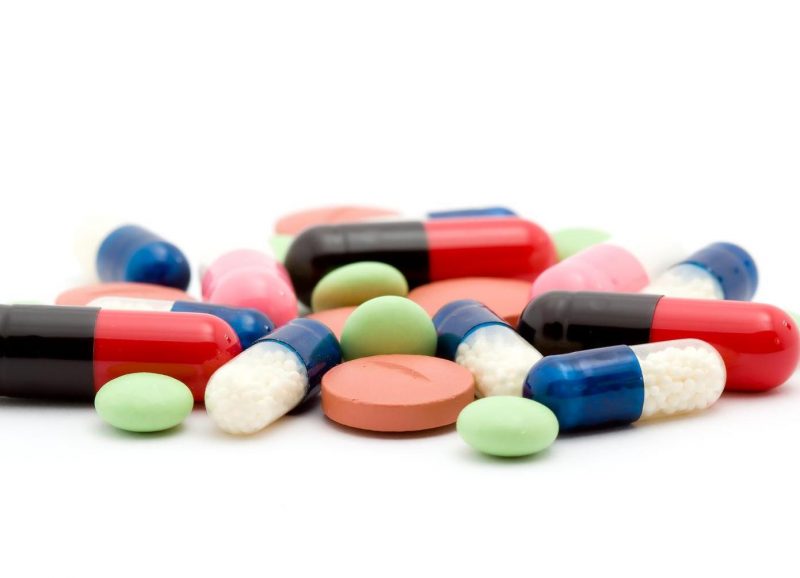
Therefore, drugs are usually differentiated into two parts:
- selective (they inhibit COX2);
- non-selective.
The latter, in turn, are also grouped. Some affect equally on both COX, others on COX1.
The former are prescribed for acute respiratory viral infections, after operations, for injuries, infections, others save from rheumatism and painful joints, have anti-inflammatory properties.
Indications for the use of NSAIDs for the treatment of joints
Anti-inflammatory drugs are safe for short-term use and the absence of contraindications.
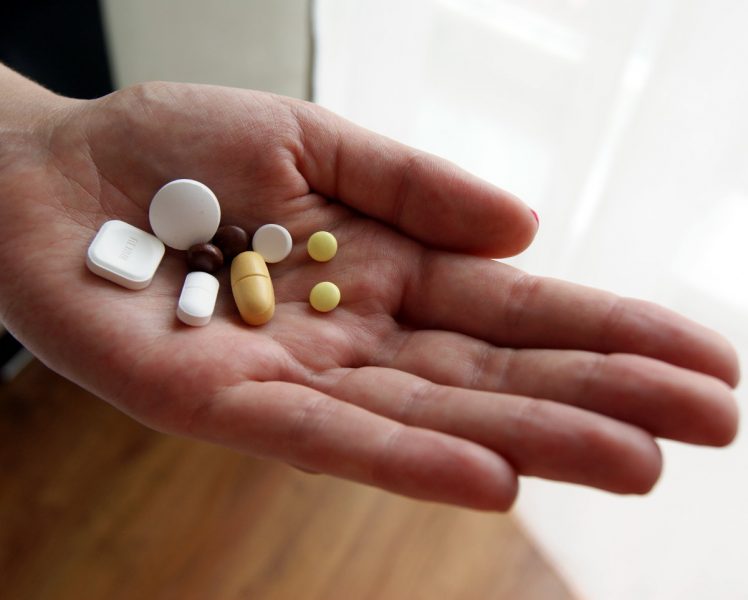
Medicines are used in chronic and acute inflammatory processes:
- migraine;
- injuries
- arthritis, rheumatism, ankylosing spondylitis;
- toothache;
- gout;
- renal and hepatic colic;
- inflammatory diseases of the spine, muscles, musculoskeletal system, joints and bones;
- sciatica, sciatica, neuralgia;
- painful critical days;
- infections
- metastases in cancer.
List of non-steroidal anti-inflammatory drugs
Acetyl-Calicylic Acid (Aspirin).
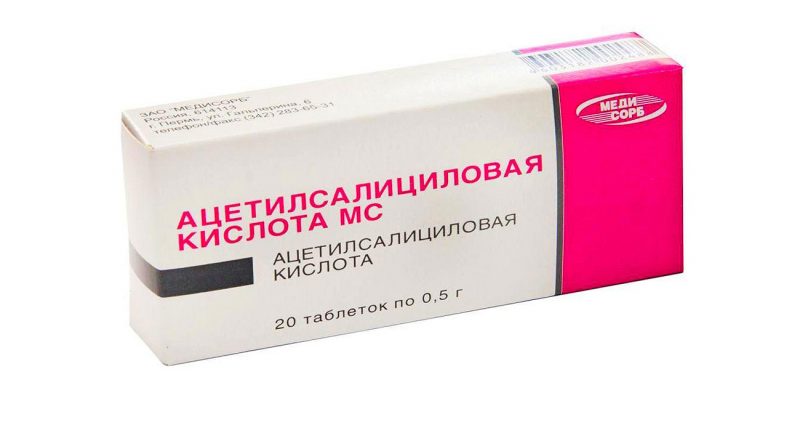
In practice, more than a hundred years. Assign to fight ARVI, relieve headache. Together with other substances used for the treatment of osteoarthritis. But in acute inflammation, aspirin is replaced with more powerful medications.
Diclofenac.
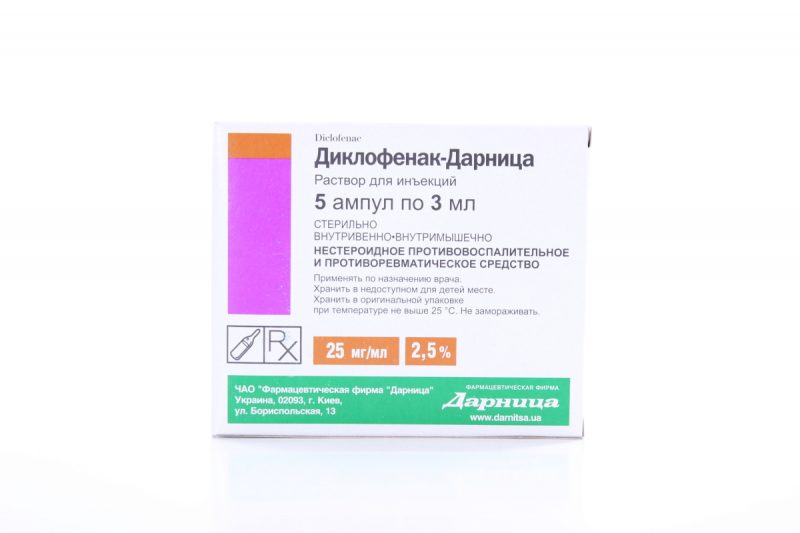
Exists in tablets, suppositories, gel and injection. A popular pain medication is absorbed within twenty minutes and understands fever.
Ibuprofen.
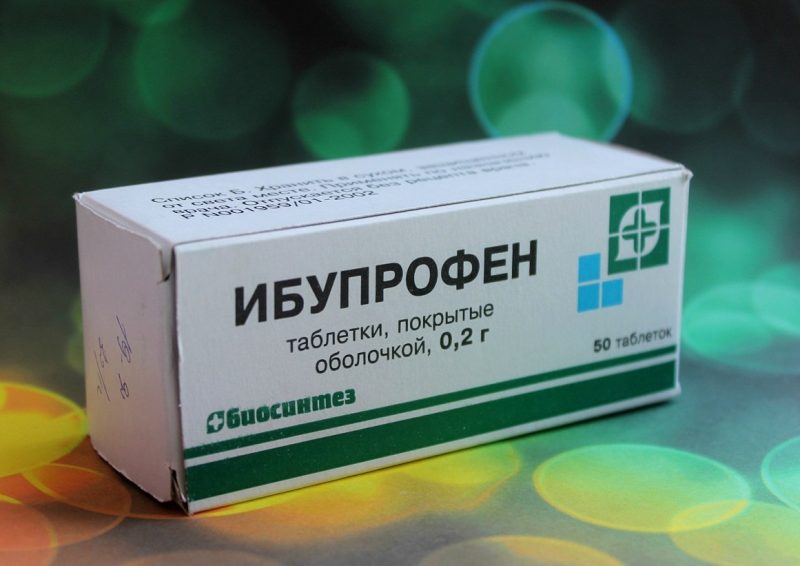
Release form - candles, tablets. It is easily transported, has a low price tag. It is prescribed for neuralgia, bursitis, hematomas, sprains, flu, acute respiratory viral infections, rheumatoid arthritis, gout, ankylosing spondylitis, osteoarthritis, and febrile conditions. Ibuprofen has many analogues in different price categories.
Nimesulide.
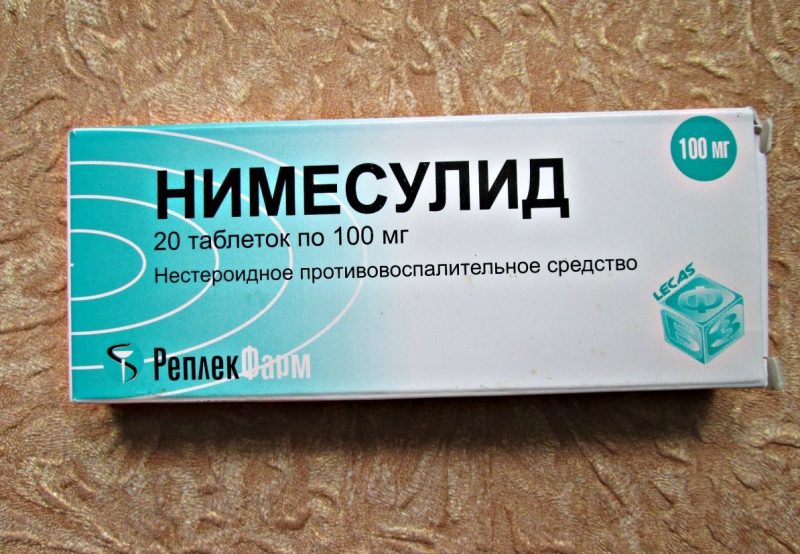
When using it, the temperature normalizes, the body becomes mobile due to anesthesia. The ointment is applied to the arthritis site. There is a slight redness, so the effect of the drug is manifested.
Indomethacin is one of the strongest drugs with an analgesic effect.
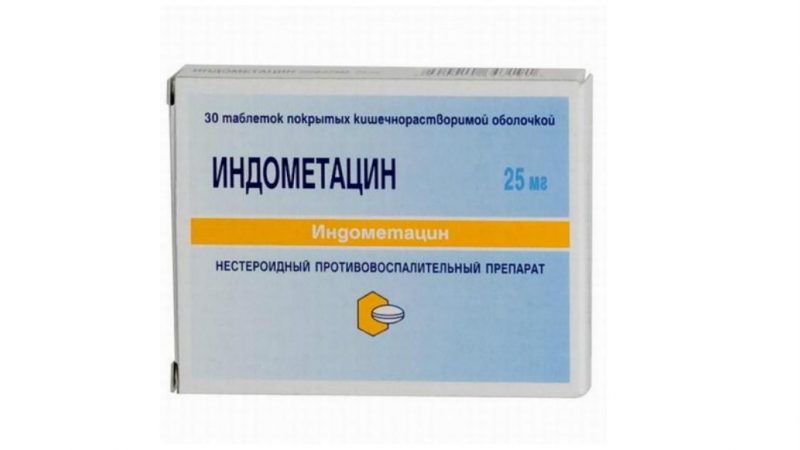
Let out in the form of ointment, suppositories, tablets. Although the medication is cheap, this does not prevent it from acting wonderfully on arthritic and arthritic joints. Before use, a doctor’s consultation is required due to an impressive list of side effects.
Meloxicam belongs to the NSAID group.

Available in tablets and in solution for intramuscular administration. Pharmacological action - analgesic anti-inflammatory with antipyretic effect. Indicated for symptomatic therapy that reduces pain and inflammation. It treats osteoarthritis, rheumatoid arthritis, ankylosing spondylitis. Use meloxicam under the supervision of a specialist is allowed even for several years. Long-term exposure allows you to take one tablet per day. It is possible to purchase a substance under various names - Movalis, Melbek, Melox, Arthrosan, Mesipol, Mataren, etc.
Some drugs under the strict supervision of a doctor are allowed to be taken by pregnant women in case of vital need, in no case in the third trimester.
The doctor may prescribe:
- diclofenac;
- ibuprofen;
- aspirin;
- ketorolac;
- indomethacin;
- naproxen.
Drinking medicine alone is prohibited.
New generation NSAIDs for joint treatment
Medical technology does not stand still. Every day, hundreds of scientists are trying to develop the latest pills and modernize time-tested. Not spared and non-steroidal anti-inflammatory drugs.New generation drugs act more selectively and thoroughly suppress inflammation. The most important thing here is the absence of a serious effect on the gastrointestinal tract and cartilage.
List of next-generation non-steroidal anti-inflammatory drugs
Among the useful “drugs”, Movalis with the active substance in the form of meloxicam has become the most effective. With arthrosis, a real lifesaver. Long-term use practically does not affect the work of the stomach and intestines. Analogs work in the same field - Melbek, Mesipol, Mirlox.
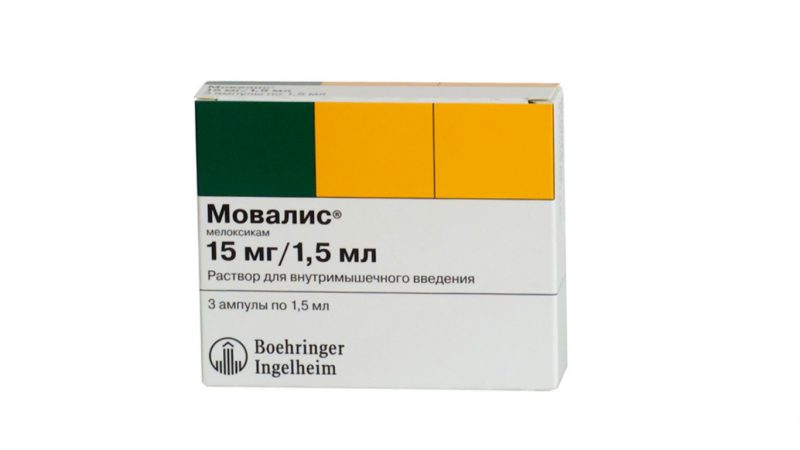
Xefocam medication has the ability to stretch the effects of panacea, so that patients do not feel pain for about twelve hours. Most importantly, Ksefokam is not addictive, and the ability to quench pain is comparable to morphine. However, the high cost does not allow anyone to buy the drug in the medicine cabinet. It is available on prescription.
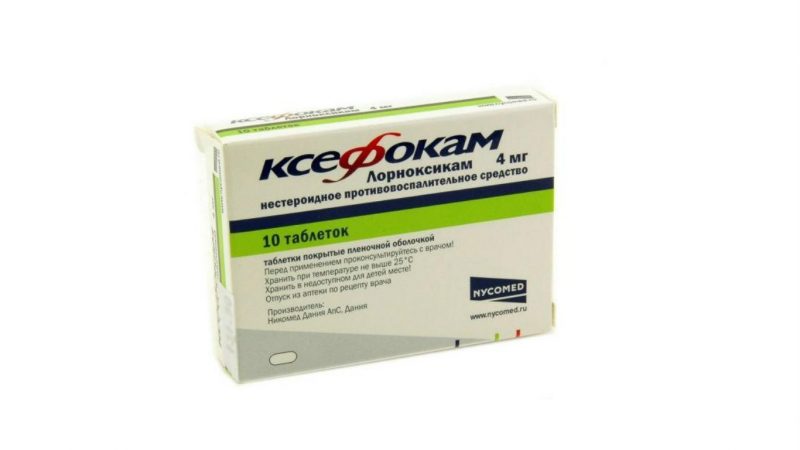
The antioxidant Nimesulide blocks the action of substances that break down collagen and cartilage. Osteoarthritis of the joints can be treated, the pain is dull, the inflammation subsides. Sold in granules for solution, tablets, in gel form.
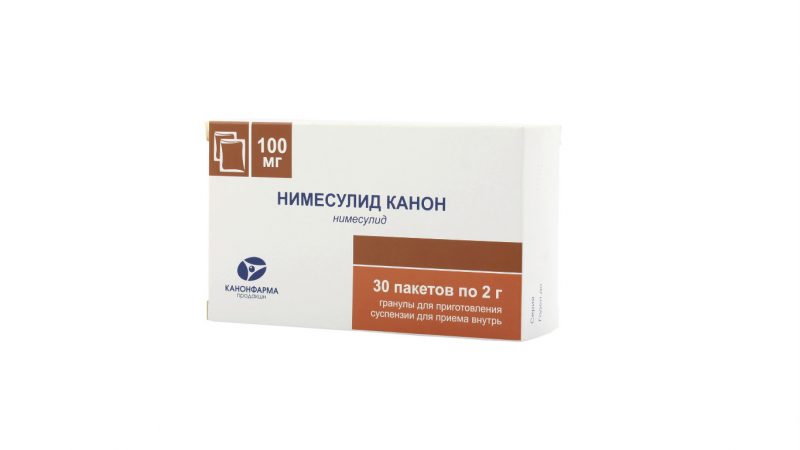
Celecoxib was originally called Celebrex. Release form - 200 and 100 mg capsules. A severe struggle with arthrosis arthritis does not affect the work of the digestive tract, the mucosa remains normal.
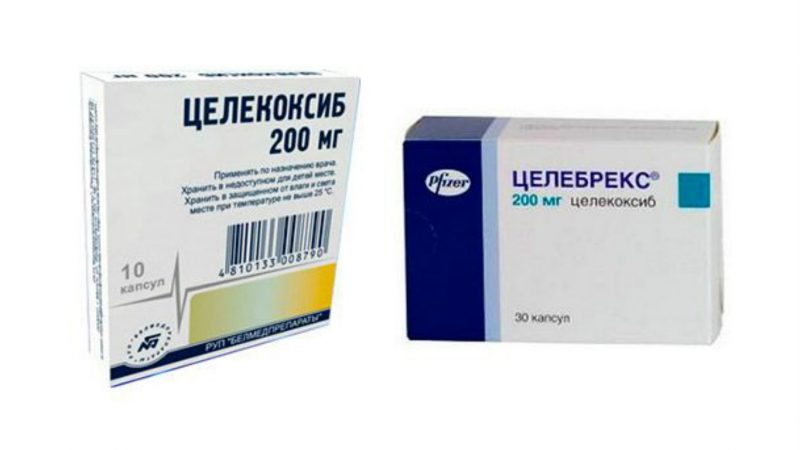
Etoricoxib is familiar under the brand name Arcoxia. Receiving up to 150 mg per day does not affect the functioning of the intestines and stomach. The average dose for arthrosis is approximately 30-60 mg per day.
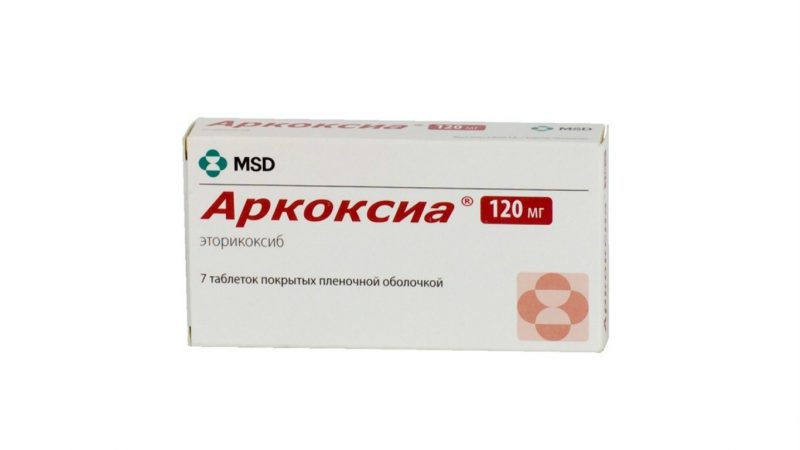
The cost of medicines varies. On the advice of a doctor, the patient can buy a more expensive drug or its analogue, in accordance with contraindications and side effects. Remedies stop unbearable pain and eliminate inflammation. After their administration, another treatment should be prescribed.
General rules of use
Taking an independent drug guide is not worth it. Turning to a specialist will help you understand the methods and rules of treatment. To do this, you need to prepare all extracts about previous or concomitant diseases and take tests so that the doctor selects the right treatment.

Tablets are taken immediately after a meal, washed down with half a glass of water or non-skim milk to assimilate and protect the gastrointestinal tract from harmful effects. In parallel, bifidobacteria should be taken.
If long-term use is planned, then start with a minimum dose, gradually increasing the amount.
Side effects of non-steroidal anti-inflammatory drugs
- Allergy.
- Bronchospasm.
- Dyspeptic disorders.
- Impaired renal function (nephropathy, blood vessels narrow).
- Ulcerogenic effect (the development of erosion or stomach ulcers).
- Increased blood activity in the liver.
- Miscarriages
- In rare cases, bleeding disorders.
Contraindications NSAIDs
Any, even the most harmless drug has contraindications. NSAIDs have several:
- pregnancy;
- individual intolerance;
- impaired kidney and liver function;
- gastrointestinal and duodenal ulcers;
- thrombotic and leukopenia.
- Helena












